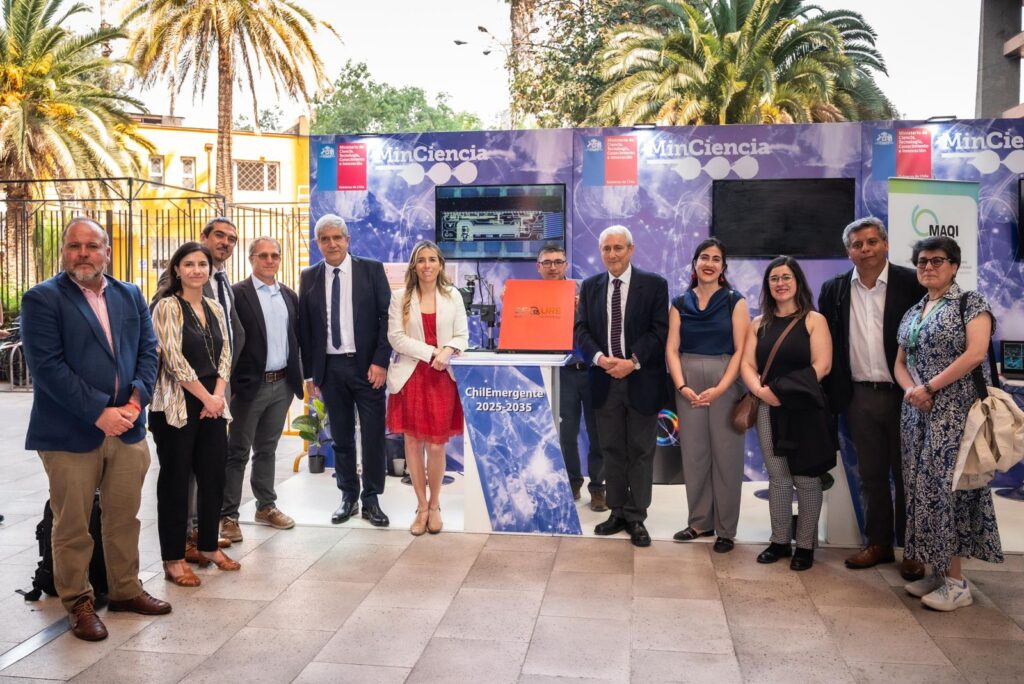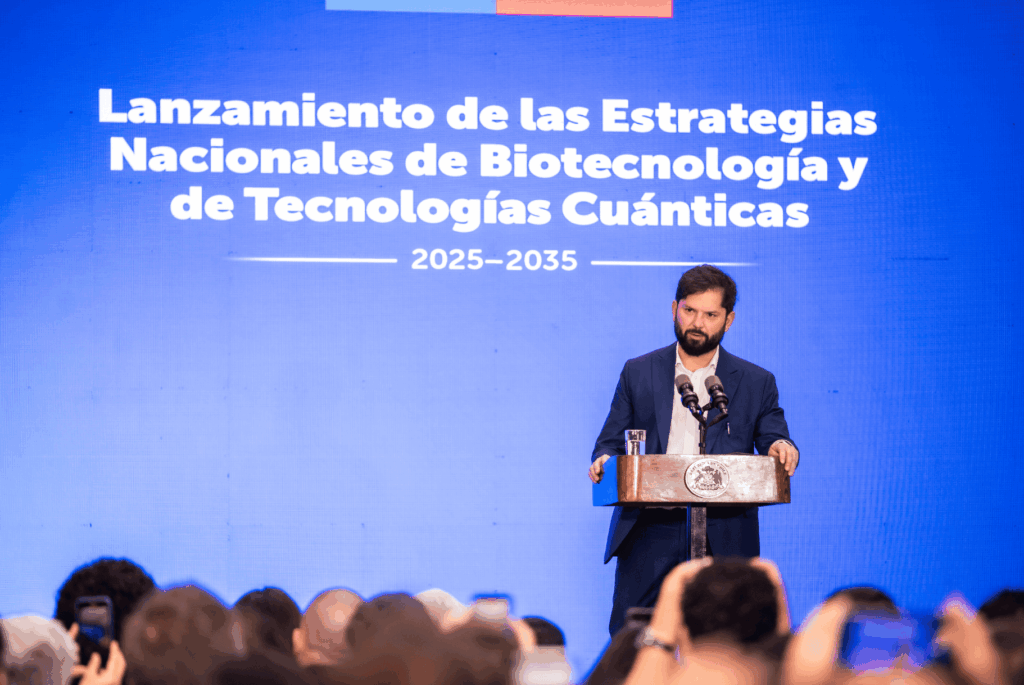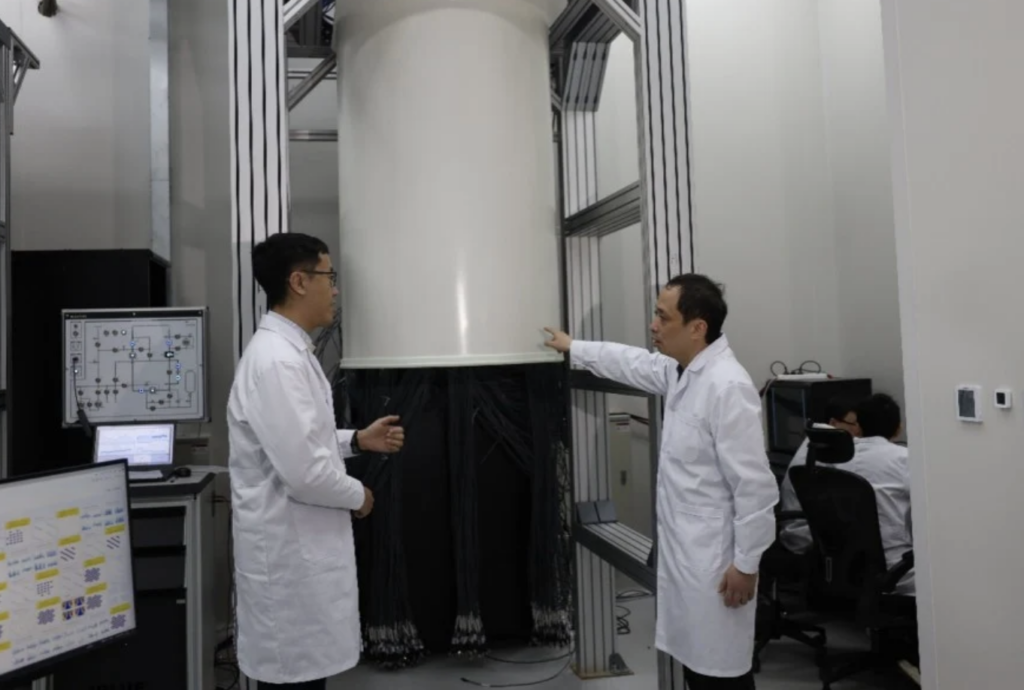Insider Brief:
- Researchers from JILA, NIST, and the University of Colorado developed a system using entangled matter waves to surpass the standard quantum limit (SQL), improving the precision of quantum-enhanced sensors.
- By manipulating the motional states of ultracold atoms, the team generated entanglement without involving electronic interactions, creating a tunable system that can optimize entanglement generation.
- Despite its promise, the system faces challenges, including noise and decoherence, and must be scaled to larger systems for practical deployment.
Sensing technologies today, from atomic clocks to gravitational wave detectors, rely heavily on precision—but are fundamentally limited by the standard quantum limit (SQL). This cap on measurement accuracy has long been a barrier in scientific fields that demand ultra-precise detection. In a recent study published in Physical Review A, researchers from JILA, NIST and the Center for Theory of Quantum Matter at the University of Colorado have demonstrated a new way to bypass this obstacle using entangled matter waves. By manipulating only the motional states of ultracold atoms, versus electronic interactions, the team has created a highly tunable system that generates entanglement, applicable for more sensitive quantum-enhanced sensors.
Redefining Entanglement Through Momentum States
Entanglement is a quantum phenomenon where particles become interconnected, meaning the state of one particle instantaneously affects the state of another, even when separated by large distances. In quantum sensing, entanglement is necessary for surpassing the classical limits of measurement accuracy, known as the standard quantum limit (SQL). This limit bounds the precision achievable in many quantum experiments. Through entanglement, scientists hope to reduce uncertainty in measurements, which may lead to more accurate atomic clocks, gravitational wave detectors, and other quantum technologies.

As noted in the study, previous research has typically relied on entangling the internal states of atoms, such as their spin or electronic configurations. However, this new approach detailed in the study demonstrates that entanglement can be generated between atoms’ momentum states, creating an entirely different paradigm for quantum-enhanced sensing.
Using an ultracold atom-cavity system, the researchers relied on how atomic motion within the cavity leads to a frequency shift in the cavity photons. This shift is then reflected back onto the atoms as a dipole force, causing them to interact with each other. These interactions between momentum states generate a form of entanglement that can be used for quantum measurements, all without involving electronic interactions.
Tuning Atomic Motion for Precision Control
In their experimental setup, atoms are confined in an optical cavity, which is pumped with a coherent drive that injects photons at a specific rate. As the atoms move within the cavity, their interaction with the photons causes a frequency shift, which in turn drives the cavity’s response. This dynamic creates entanglement between the atoms’ momentum states, allowing the team to achieve precise control over the collective motion of the atoms. The system is highly tunable, meaning researchers can adjust various parameters to optimize the entanglement generation process.
According to the team, one of the key achievements of this experiment is the demonstration of one-axis twisting (OAT) dynamics, a form of squeezing that reduces uncertainty in one measurement direction while increasing it in another. The OAT dynamics in this setup result from interactions between the atomic momentum states, creating a collective motion that leads to metrologically useful entanglement. This means the system can achieve precision measurements beyond the SQL, even in the presence of noise.
Transforming Sensing Technologies Beyond the SQL
Quantum-enhanced sensing has potential applications in a wide range of areas, from fundamental physics experiments to practical technologies like GPS and medical diagnostics. By surpassing the SQL, the study notes, this research could lead to more sensitive detectors capable of measuring minute changes in gravitational fields, magnetic fields, or other physical properties with unprecedented accuracy.
For example, in gravitational wave detection, where incredibly small changes in spacetime must be measured, using entangled matter waves could lead to more precise and faster detections. Similarly, in atomic clocks, which rely on the precise measurement of time based on atomic vibrations, reducing measurement uncertainty could significantly improve their accuracy, leading to better global positioning systems and telecommunications technologies.
As Always, Noise as the Inevitable Foe
While this study represents is impactful for quantum sensing, as the team notes, there are still challenges to overcome before such systems can be widely deployed. One of the primary limitations is the size of the systems currently used in experiments. In this study, the researchers worked with a relatively small number of atoms and momentum states. Scaling this approach to larger systems will be necessary to fully realize its potential in practical applications.
Additionally, the system is still susceptible to noise and decoherence, both of which can degrade the entanglement and reduce the effectiveness of the sensing protocol. Future work will need to focus on minimizing these effects, potentially through improved error correction techniques and better control over the atomic and photon interactions.
The Future of Precision with Entangled Matter Waves
The work conducted by the team at the University of Colorado may provide new possibilities for quantum-enhanced sensing using entangled matter waves. By moving beyond traditional approaches that rely on electronic interactions, they have demonstrated a method that may improve the precision of measurements in a variety of fields, especially in terms of more powerful quantum sensors, with potential applications ranging from more accurate atomic clocks to better gravitational wave detectors. As the field of quantum sensing evolves, the ability to control and use entangled matter waves may become a a new standard.
Authors who contributed to this study include John Drew Wilson, Jarrod T. Reilly, Haoqing Zhang, Chengyi Luo, Anjun Chu, James K. Thompson, Ana Maria Rey, and Murray J. Holland.
















